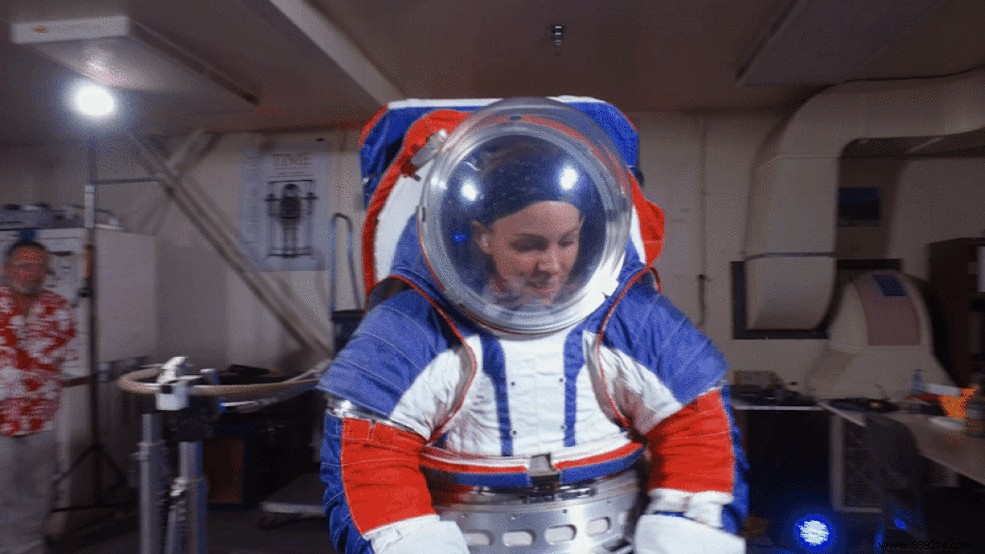As part of the Artemis III mission which will again see Americans land on the Moon, astronauts will be dressed in new space suits. The latter, given the delay and costs involved in developing these custom mini-vessels over the past few years, will eventually be leased to the private sector, the US agency said.
In space, extra-vehicular suits appear as real personalized vessels to keep astronauts alive while waiting for their return to a pressurized environment. A few years ago NASA, which aims to return to and around the Moon as part of the Artemis program, and later to fly to Mars, therefore redesigned its equipment dating from the “Apollo era”.
Over the past fourteen years, the agency has designed next-generation spacesuits dubbed the Extravehicular Mobility Unit, which have been deemed safer, more efficient and more comfortable. On paper, these structures have it all. Unfortunately, their development was not only very expensive (more than 420 million dollars today and almost a billion to come), but it also fell far behind. A recent audit has indeed pointed out that the first two suits, which were initially supposed to be ready to fly for 2024, will not be ready before 2025 at the earliest.
In other words, you will have already understood that the return to the Moon of American astronauts in 2024 is already in jeopardy.
Given the situation, NASA decided to work differently. A few days ago, the Johnson Space Center indeed launched an appeal to the industry to develop these famous combinations. The private sector will therefore be involved. It will essentially be renting these structures privately, not building them in-house at a much higher cost.
Bidders will be able to use technology developed by NASA for its xEMU suits, or offer their own designs, the document says. They will, however, have to meet a variety of requirements, including up to six spacewalks on the lunar surface during the first Artemis missions. They must also be made of materials capable of limiting the amount of lunar regolith brought back into the "cabin environment" after each lunar trip to 100 grams. NASA expects to award a contract by next April.

At this time, it is not known which companies are interested. A few months ago, Elon Musk had nevertheless already offered his help to NASA, through SpaceX, to accelerate the development of new American suits.